Get a custom course package
We may not have any package deals available including this course. If you enquire or give us a call on 01344203999 and speak to our training experts, we should be able to help you with your requirements.
Domain 1: Cloud Concepts, Architecture, and Design
Domain 2: Cloud Data Security
Domain 3: Cloud Platform Infrastructure Security
Domain 4: Cloud Application Security
Domain 5: Cloud Security Operations
Domain 6: Legal, Risk, and Compliance


This CCSP Certified Cloud Security Professional Training is aimed at IT professionals who are involved with cloud computing and security management or want to enhance their knowledge of Cloud Security protocols and strategies. This course will be beneficial for the following professionals:
There are no formal prerequisites for attending the CCSP Certified Cloud Security Professional Training. However, understanding cloud computing concepts and basic knowledge of IT security practices will be beneficial for the delegates.
The Certified Cloud Security Professional (CCSP) Course is designed to equip professionals with advanced technical skills and knowledge in Cloud Security. With the growing reliance on Cloud services, securing Cloud environments has become crucial. This CCSP Training covers key aspects of Cloud Security architecture, operations, and compliance, ensuring that delegates are well-prepared to protect cloud infrastructures.
Proficiency in Cloud Security is essential due to the increasing number of cyber threats targeting Cloud platforms. Professionals such as IT Security Managers, Systems Engineers, Security Consultants, and Enterprise Architects should aim to master this subject. Acquiring CCSP certification validates one’s expertise and enhances career prospects in cybersecurity.
This intensive 5-day CCSP Certified Cloud Security Professional Training will provide delegates with in-depth knowledge of Cloud Security concepts and best practices. Delegates will gain hands-on experience through practical exercises, case studies, and real-world scenarios. By the end of the course, delegates will have a solid understanding of cloud security principles, enabling them to effectively secure cloud environments and manage risks.
Course Objectives
After completing the CCSP Certified Cloud Security Professional Course, delegates will receive a certification that recognises their expertise in Cloud Security. This certification demonstrates their ability to implement and manage Cloud Security, enhancing their professional credibility and career opportunities in the Cybersecurity domain.




Why choose us
Experience live, interactive learning from home with The Knowledge Academy's Online Instructor-led CCSP Certified Cloud Security Professional. Engage directly with expert instructors, mirroring the classroom schedule for a comprehensive learning journey. Enjoy the convenience of virtual learning without compromising on the quality of interaction.

Join a scheduled class with a live instructor and other delegates.

Engage in activities, and communicate with your trainer and peers.

We handpick from a global pool of expert trainers for our Online Instructor-led courses.

With 10+ years of quality, instructor-led training, we equip professionals with lasting skills for success.

With classes running in all timezones, access any of our courses and course material from anywhere, anytime.
Unlock your potential with The Knowledge Academy's CCSP Certified Cloud Security Professional, accessible anytime, anywhere on any device. Enjoy 90 days of online course access, extendable upon request, and benefit from the support of our expert trainers. Elevate your skills at your own pace with our Online Self-paced sessions.
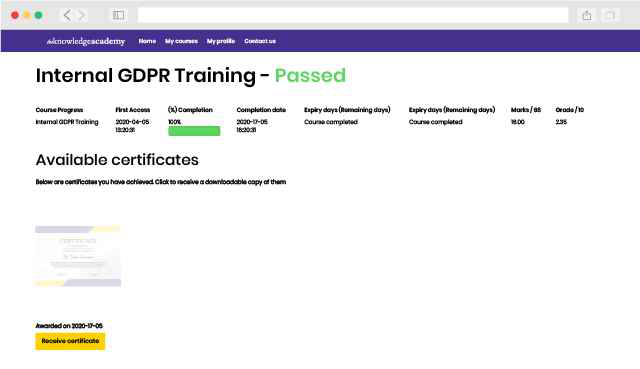
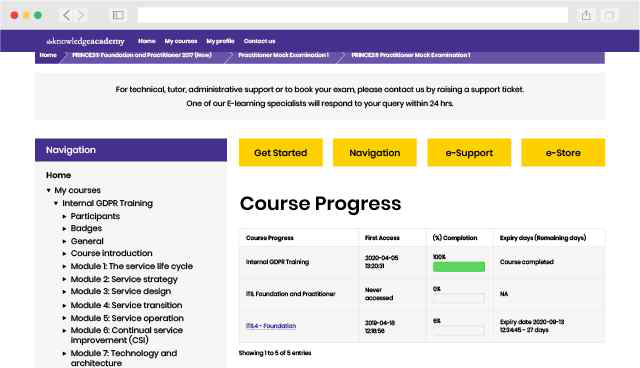
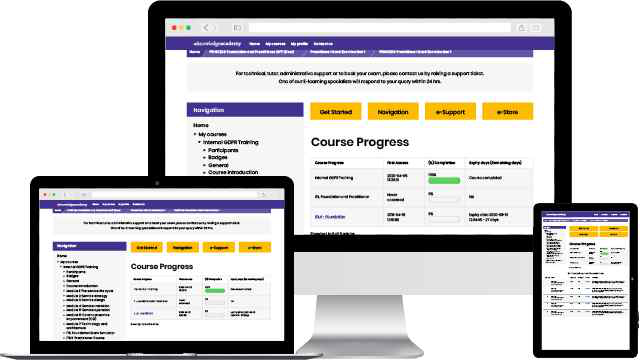
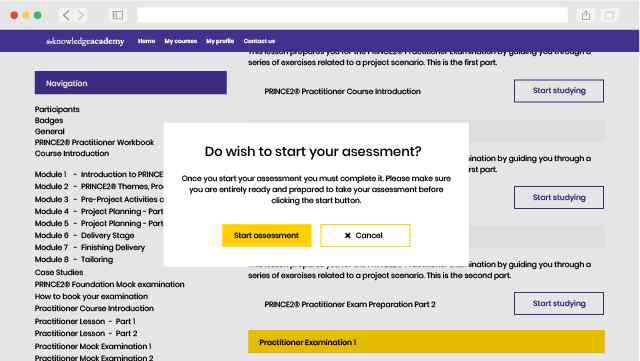
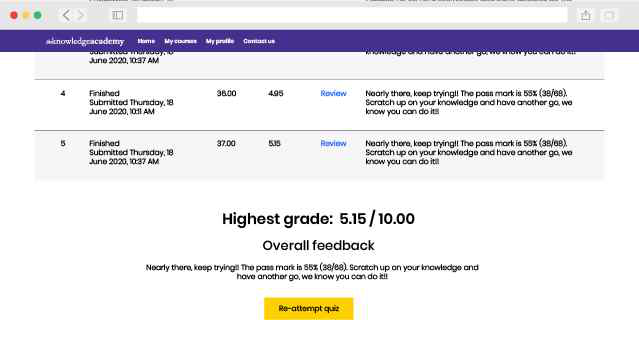
Experience the most sought-after learning style with The Knowledge Academy's CCSP Certified Cloud Security Professional. Available in 490+ locations across 190+ countries, our hand-picked Classroom venues offer an invaluable human touch. Immerse yourself in a comprehensive, interactive experience with our expert-led CCSP Certified Cloud Security Professional sessions.

Boost your skills with our expert trainers, boasting 10+ years of real-world experience, ensuring an engaging and informative training experience

We only use the highest standard of learning facilities to make sure your experience is as comfortable and distraction-free as possible

Our Classroom courses with limited class sizes foster discussions and provide a personalised, interactive learning environment

Achieve certification without breaking the bank. Find a lower price elsewhere? We'll match it to guarantee you the best value
Streamline large-scale training requirements with The Knowledge Academy’s In-house/Onsite CCSP Certified Cloud Security Professional at your business premises. Experience expert-led classroom learning from the comfort of your workplace and engage professional development.

Leverage benefits offered from a certification that fits your unique business or project needs

Cut unnecessary costs and focus your entire budget on what really matters, the training.

Our CCSP Certified Cloud Security Professional offers a unique chance for your team to bond and engage in discussions, enriching the learning experience beyond traditional classroom settings

The course know-how will help you track and evaluate your employees' progression and performance with relative ease
the trainer was great, easy to comprehend
The content/syllables of CCSP are extensive. The instructor provided an explanation by gathering all the small details in a clear and concise manner that was simple to grasp and understand. The extensive practice for the exam taken by the trainer was the best, and the detailed explanation was very valuable to the course.
Trainer is very knowledgeable and willing to share his experience

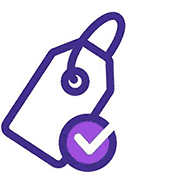
You won't find better value in the marketplace. If you do find a lower price, we will beat it.

Flexible delivery methods are available depending on your learning style.

Resources are included for a comprehensive learning experience.




"Really good course and well organised. Trainer was great with a sense of humour - his experience allowed a free flowing course, structured to help you gain as much information & relevant experience whilst helping prepare you for the exam"
Joshua Davies, Thames Water



 London
London Birmingham
Birmingham Bristol
Bristol Milton Keynes
Milton Keynes Manchester
Manchester Reading
Reading Glasgow
Glasgow Edinburgh
Edinburgh Southampton
Southampton Virtual
Virtual Bath
Bath Liverpool
Liverpool Nottingham
Nottingham Bedford
Bedford Bolton
Bolton Newcastle
Newcastle Brighton
Brighton Bournemouth
Bournemouth Bracknell
Bracknell Cardiff
Cardiff Bromley
Bromley Cambridge
Cambridge Burton Upon Trent
Burton Upon Trent Norwich
Norwich Buxton
Buxton Sheffield
Sheffield Belfast
Belfast Dublin
Dublin Canterbury
Canterbury Aberdeen
Aberdeen Maidstone
Maidstone Carlisle
Carlisle Chatham
Chatham Chelmsford
Chelmsford Chester
Chester Chichester
Chichester Chorley
Chorley Cirencester
Cirencester Colchester
Colchester Corby
Corby Coventry
Coventry Crewe
Crewe Darlington
Darlington Derby
Derby Doncaster
Doncaster Dundee
Dundee Dunfermline
Dunfermline Exeter
Exeter Fleet
Fleet Gatwick
Gatwick Gloucester
Gloucester Guildford
Guildford Harrogate
Harrogate Heathrow
Heathrow High Wycombe
High Wycombe Hinckley
Hinckley Inverness
Inverness Ipswich
Ipswich Kingston upon Hull
Kingston upon Hull Lincoln
Lincoln Leicester
Leicester Luton
Luton Middlesbrough
Middlesbrough Northampton
Northampton Oxford
Oxford Peterborough
Peterborough Plymouth
Plymouth Poole
Poole Portsmouth
Portsmouth Preston
Preston Slough
Slough Solihull
Solihull Stoke-on-Trent
Stoke-on-Trent Sunderland
Sunderland Swansea
Swansea Swindon
Swindon Teesside
Teesside Tonbridge
Tonbridge Wakefield
Wakefield Warrington
Warrington Warwick
Warwick Watford
Watford Windsor Town
Windsor Town Wokingham
Wokingham Wolverhampton
Wolverhampton Worcester
Worcester Wrexham
Wrexham York
York
 Back to course information
Back to course information
We may not have any package deals available including this course. If you enquire or give us a call on 01344203999 and speak to our training experts, we should be able to help you with your requirements.
 If you miss out, enquire to get yourself on the waiting list for the next day!
If you miss out, enquire to get yourself on the waiting list for the next day!

close


Press esc to close

close
Fill out your contact details below and our training experts will be in touch.



Back to Course Information